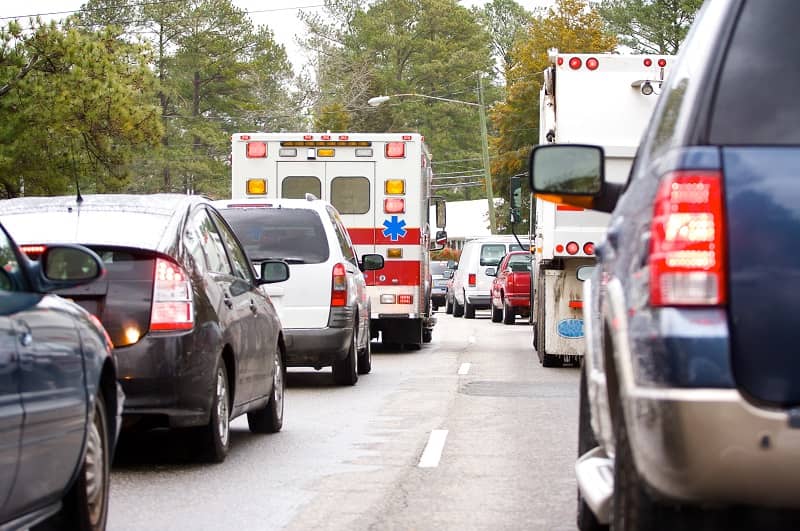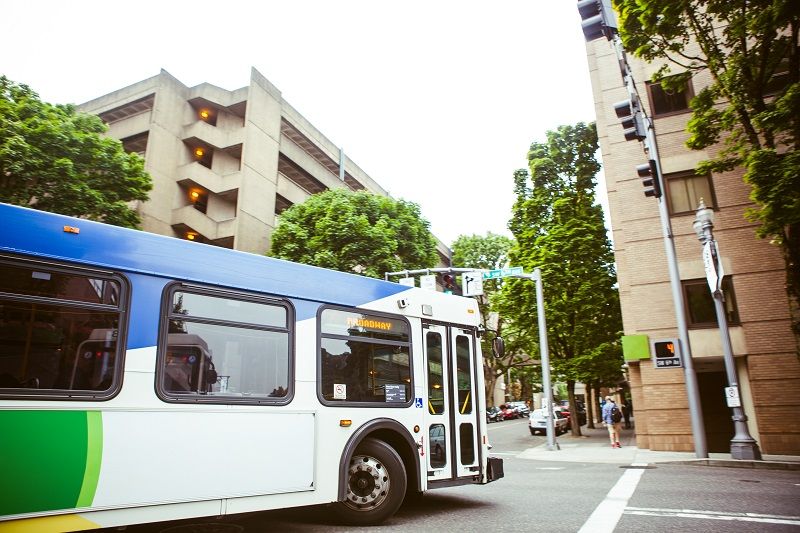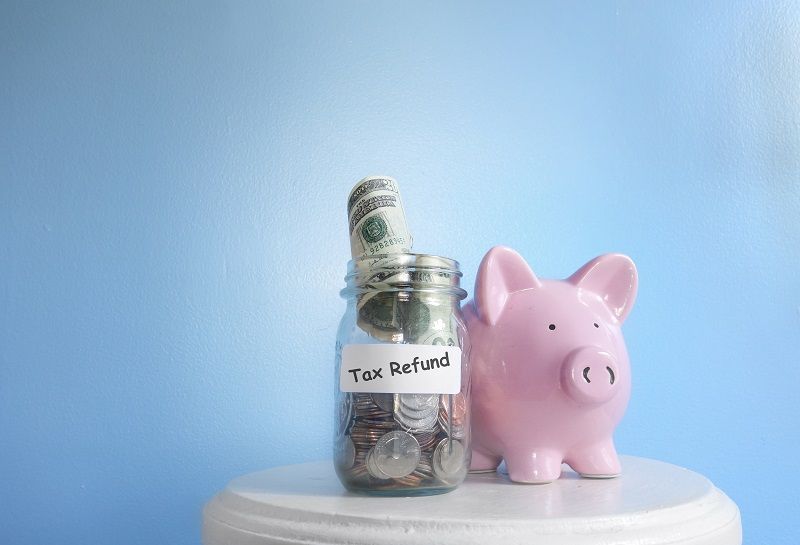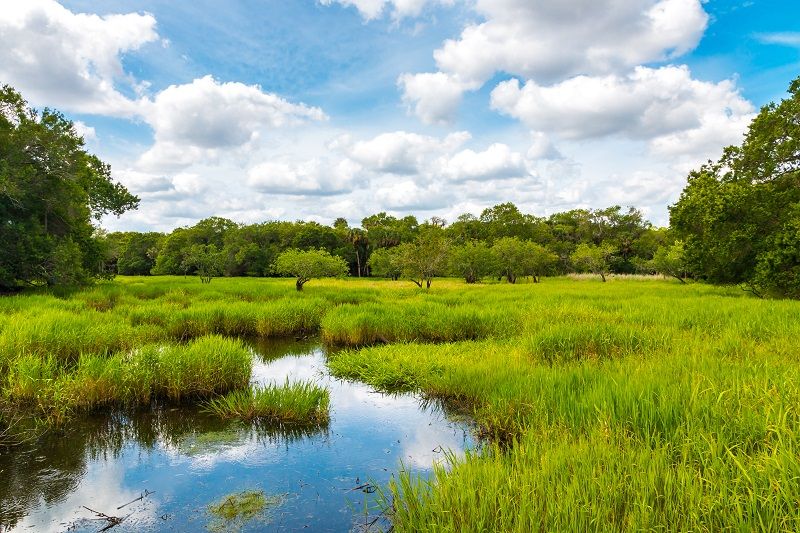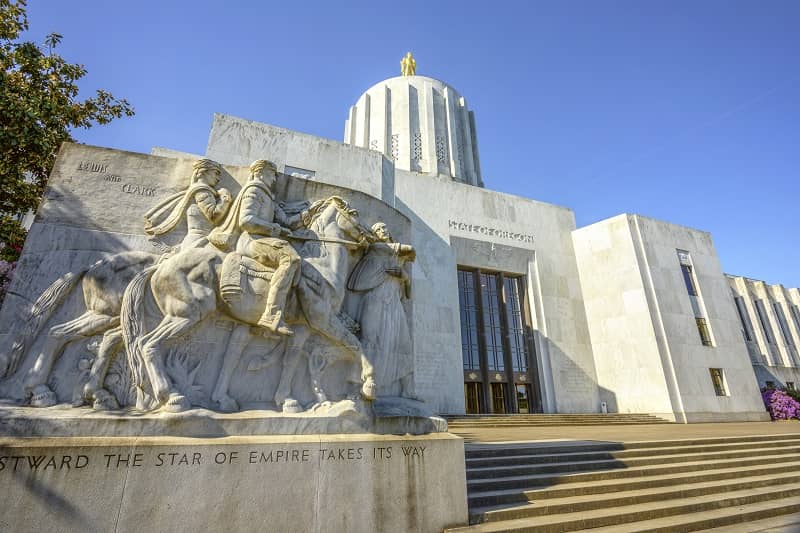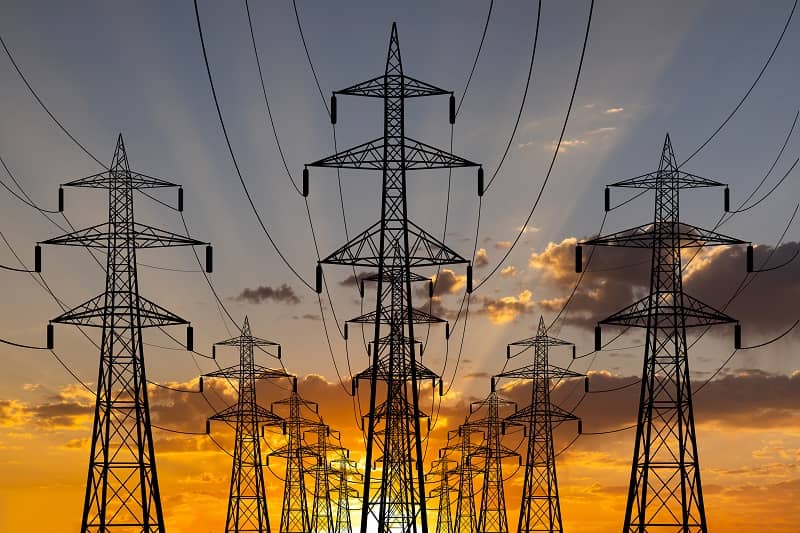By Eric Fruits, Ph.D.
The Oregon legislature is expected to pass a carbon cap-and-trade bill this session.
While there is some agreement that climate change can have a negative impact on livability in the Pacific Northwest and throughout much of the world, there has been little attention paid to how little Oregon contributes to worldwide carbon emissions.
Oregon emitted about 65 million metric tons of carbon dioxide equivalents in 2017. By way of comparison, total global emissions were about 37 billion metric tons. That means that Oregon accounts for less than two-tenths of one percent of global emissions. About one six-hundredth. That’s tiny.
In other words, even if Oregon were to reduce carbon emissions to zero, the state would do virtually nothing to change worldwide carbon emissions, which means it would do virtually nothing to slow or stop global climate change.
At the same time, the cap-and-trade program would hit the pocketbooks of every Oregonian. An earlier version of the bill estimated the state would sell about $700 million a year of carbon permits, with the costs passed on the consumers and businesses.
Oregon’s cap-and-trade bill fails the basic cost-benefit test: The costs of cap-and-trade to everyday Oregonians would be exceptionally high while doing nothing to stop or slow climate change.
Eric Fruits, Ph.D. is Vice President of Research at Cascade Policy Institute, Oregon’s free market public policy research organization.
Click here for PDF version:


